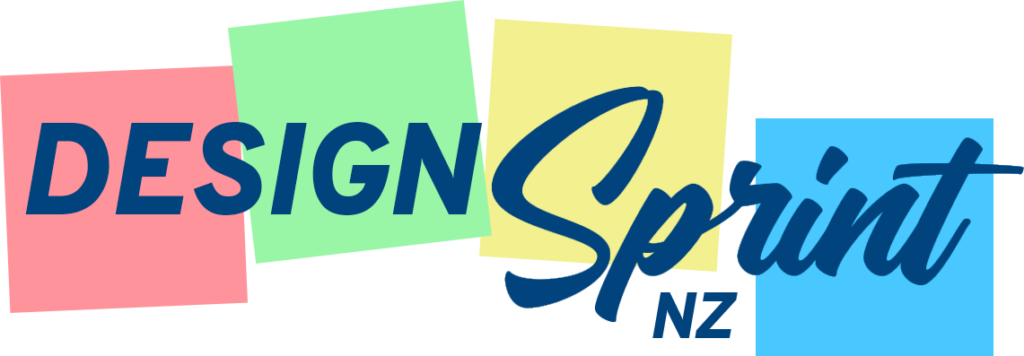
A design sprint gives you a sneak peek into the future. Design sprints define, create and test potential solutions with users in just four days.
Our Design Sprint 2.0 combines elements of Design Thinking, Agile, Lean UX and behavioural science. It is an updated, improved and shorter version of the original 5-day Design Sprint developed by Jake Knapp at Google Ventures.
In short, almost anybody.
Typically, business owners, senior leaders and people in product design and user experience (UX) roles use design sprints a lot. Elsewhere, we have worked with leaders and Learning & Development (L&D) managers in government and industry who are keen to support and train their employees in human-centred leadership, design thinking and problem-solving.
That said, we also work with faith-based not for profits, national charities, the police, fire and emergency services and individuals seeking to develop better concepts, products and services for their clients and users.
We believe that a sprint never makes things worse but often makes a big difference.
Design sprints save time and money, reduce risks, and secure buy-in from seniors, staff and stakeholders. In our experience, four-day design sprints can deliver better and faster outcomes compared with longer and more expensive 12 – 24 week projects.
Air New Zealand, Xero, Fonterra and many more have found this to be true, and have used design sprints to get their tested products and services to the market faster than ever before.
Design sprints also develop and inspire your people. With each step, from investigating problems and generating and testing prototypes, your team learns new approaches that they can deploy over and over again.
A sprint helps a business design, create, prototype, and test a new concept, product or service with real users.
If we break that down and expand on it for your pitch or board report, the process provides: